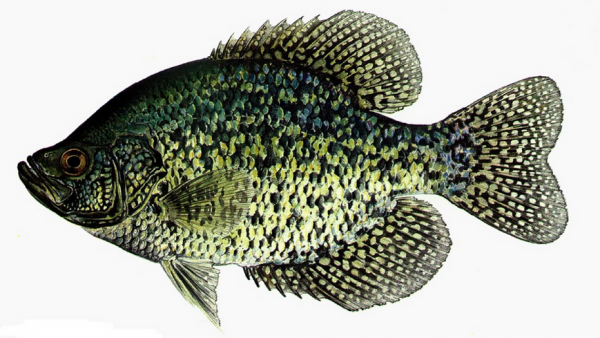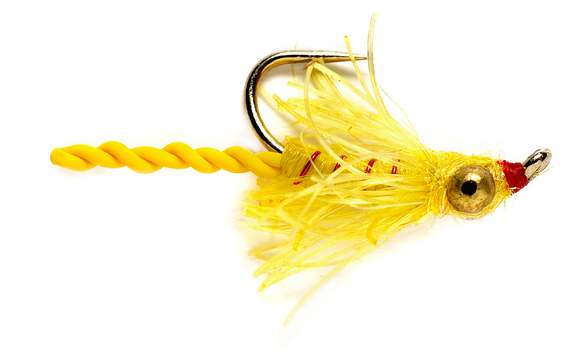[dropcap]L[/dropcap]ong sticks catch crappie! Cane crappie stick of them all. Cane poles, jigging rods and crappie. When water temps rise to the low poles, often more than 12 feet long, 60s, crappie move into shallow water to be a few weeks earlier and Panhandle lakes will be a few weeks later. Lily pads, dollar pads, branches of fallen trees, cypress knees and boat docks are favorite haunts of crappie looking to deposit their eggs. And fly fishermen will want to get their flies as close to these objects as possible.
After live minnows, tiny jigs are probably the most frequently fished baits for crappie. It’s possible indeed common, in some areas to use many of these same jigs on a fly rod, whether equipped with a traditional flyline or simply a basic reel holding monofilament line. I prefer to use purpose tied streamers with a chenille body and marabou tail, however. The soft marabou feathers behave more naturally in water than molded soft plastic or yarn.

Crappie are a blast on 5 weight fly rods.
Jigheads are molded in specific weights, typically 1/16-or 1/32-ounce for crappie lures. Flies can be tied in this range, or lighter as needed, using lead dumbbell eyes. So long as the fly imitates the size and profile of a minnow, it will probably catch a crappie.

Orvis has some effective crappie flies available on their website.
An 8-or 9-foot, 4-or 5-weight fly rod and a fly reel spooled with weight-forward floating line will work well in most situations. Because crappie are found in fresh water, you will not need an anodized, aircraft aluminum reel that will withstand the effects of salt spray. A 2-pound, slab-sided crappie will put up a respectable fight on a light fly rod but the rod’s inherent flex is quite forgiving. An entry-level or chain-store fly rod and reel combo will work well to bring most paper mouthed crappie to the gunnels of your boat.


